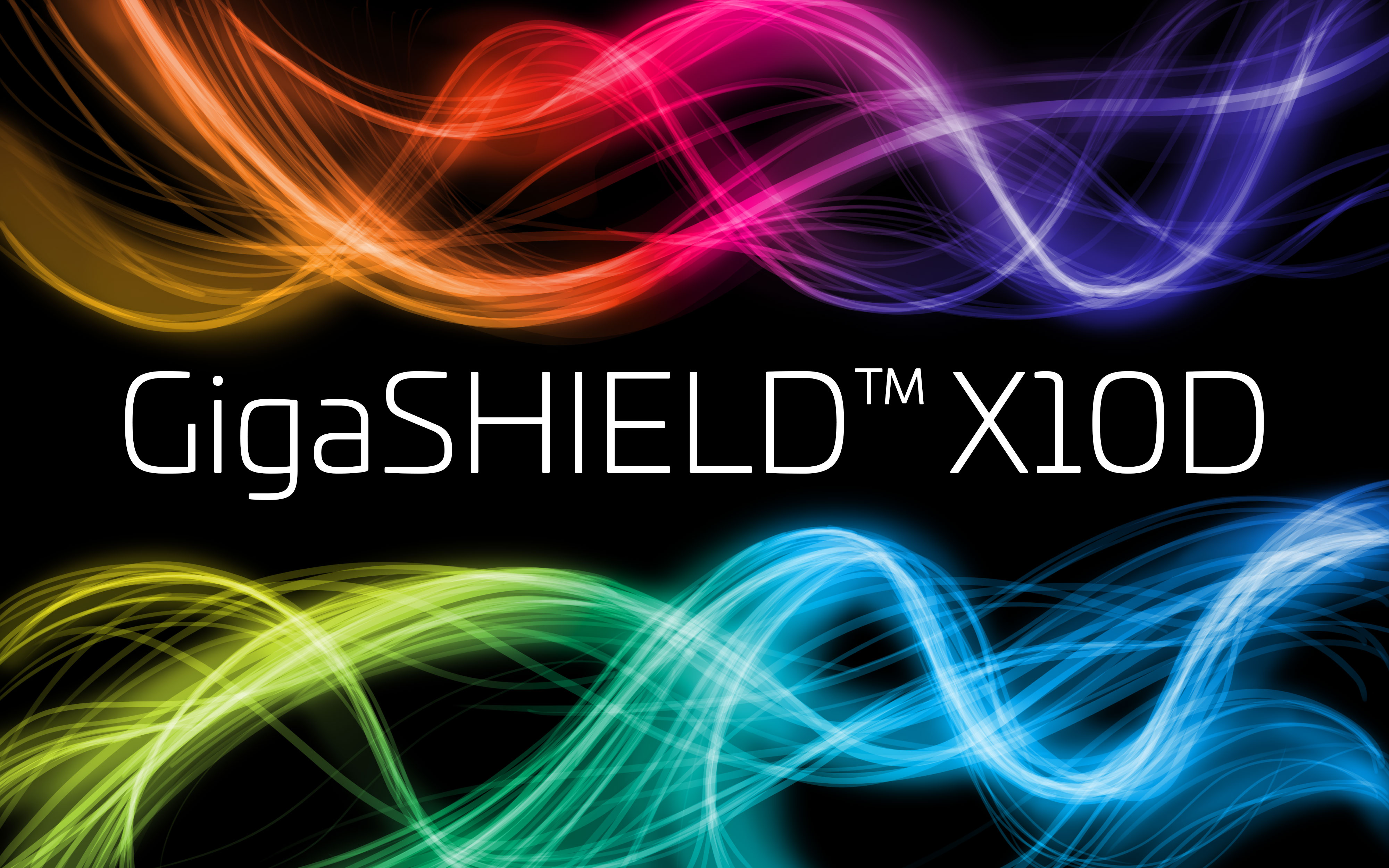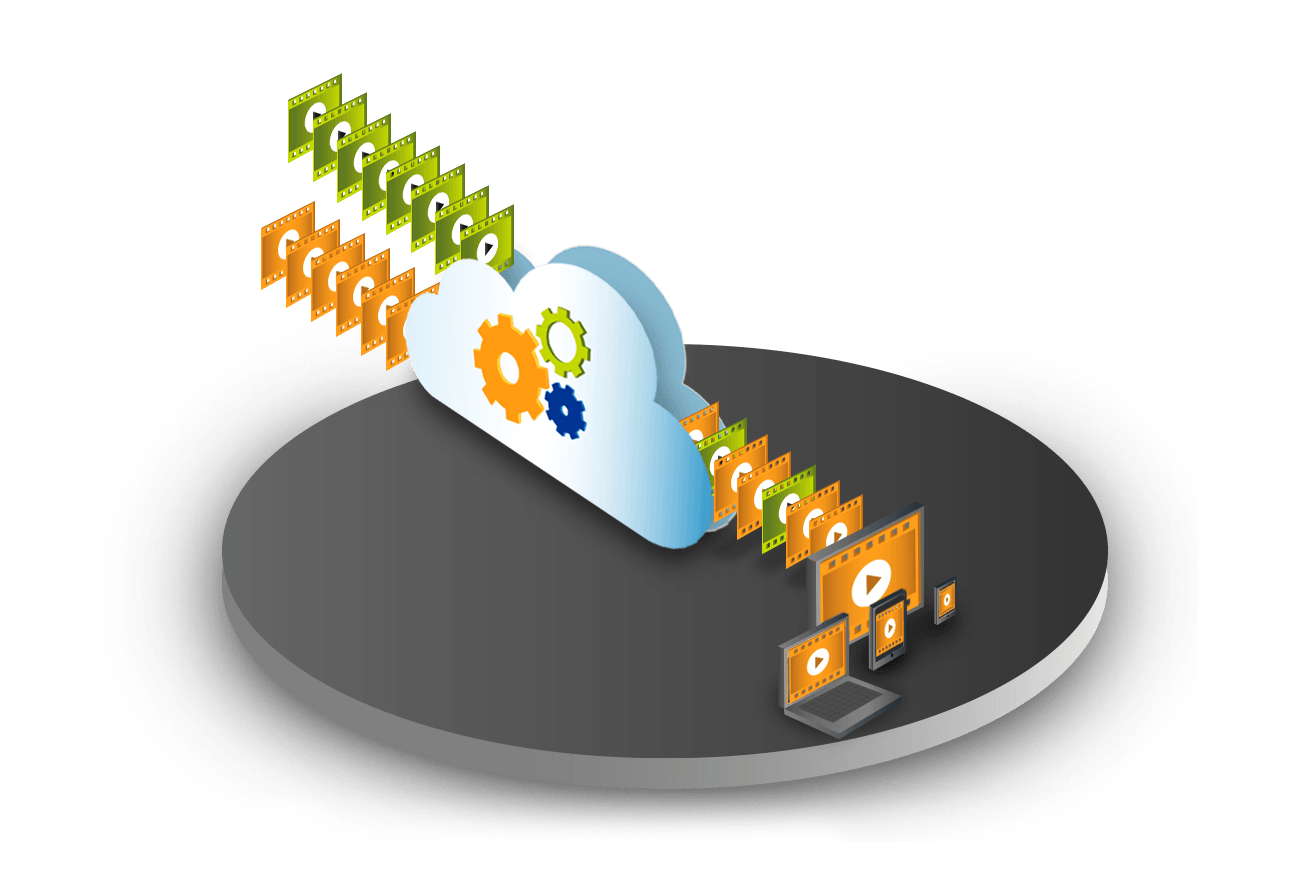Introduction
Service providers continue to seek growth through the introduction of wireless services that will provide higher bandwidth, increased mobility and a better Quality-of-Experience (QoE) for subscribers. The traditional set of service providers and network equipment manufacturers are lobbying for massive investments in 5G radio deployments and a regime of restricted licensed spectrum allocations. At the same time, they are struggling to find practical business cases to justify the radio infrastructure investment and the burden of introducing yet another set of radio standards in end-user devices.

What's Being Overlooked
With their hearts set on pushing for the next "G," service providers are overlooking the message already delivered by businesses and consumers worldwide - subscribers prefer the simplicity and economics of Wi-Fi. According to a Wi-Fi Alliance report, 70% of the global traffic generated by handsets is being carried by unlicensed Wi-Fi. Other reports estimate that only 4% of the data was transmitted at a location not having Wi-Fi coverage.
Monetizing Gigabit Services
A new generation of Wi-Fi and IoT platforms is enabling carrier-grade wireless gigabit services without the cost and complexity of deploying 5G NR or waiting for 5G compatible devices. Large web-based companies and regional start-ups are launching services that are not dependent on 5G, offering an alternative solution to existing enterprise and service provider networks, based on business models that threaten the existence of the classic subscription service.
The next wave of Wi-Fi and IoT access points are not intended to replace macro cellular solutions. They enable the vision of integrating non-3GPP and 3GPP technology into a heterogeneous network. For many reasons, macrocellular services will continue to be a critical part of the wireless service offering, but unlicensed non-3GPP small cell solutions will become the dominant wireless connectivity service in a modern Ultra-Dense Networks (UDNs) strategy.
Service providers are also looking to regulatory changes in the US that allow for the tiered sharing of 3.5Ghz spectrum. This is spawning further innovation and the use of LTE technology in new business models within the
Citizens Broadband Radio Services (CBRS). In this framework, licensed and unlicensed spectrum users coexist to provide wireless services to enterprise customers at attractive prices. European regulators should consider incorporating CBRS concepts regarding shared spectrum usage as part of their upcoming decisions covering 3.5Ghz and other frequency bands.
Integrating Wifi and IoT
Service providers should take a fresh look at the next generation of gigabit wireless connectivity solutions that integrate Wi-Fi and IoT into compact and easy to deploy platforms. These products support the billions of devices that are already Wi-Fi enabled, while allowing the introduction of next-generation
802.11ax Wi-Fi,
IoT, and 5G small cell connectivity, as well as providing the basis CBRS.
Business opportunities exist for service providers to substitute the enterprise
WLAN/LAN solution with a managed service. The business case based on these new platforms justifies the move away from a private network solution. At the same time, this generation of APs supports monetization models that go beyond traditional subscription pricing policies. These secure, mobile and easy to use connectivity platforms support the traditional enterprise voice, data, and video services while offering managed connections for IoT, machine-to-machine, surveillance, remote operations, and big-data analytics.
In the 1980's the dominant players in the computer industry held on to a view that a handful of data processing and main-frame computer companies could continue along their version of introducing successive next "G" solutions to maintain their positions. We all know how linear thinking turned out for them. The current generation of carrier-grade access points will have the same impact on 5G as the PC did on that industry.














